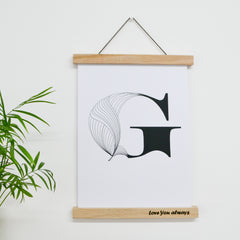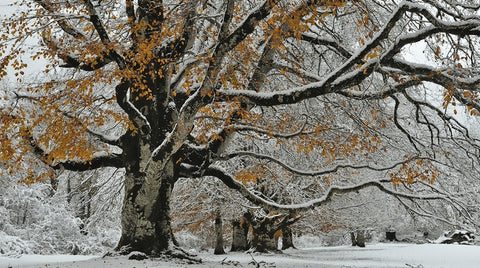The Best Wood for Frames
When it comes to framing art, choosing the right wooden picture frames is crucial. The type of material used can greatly impact the overall look and feel of the finished product, so it's important to understand the characteristics of different types of timber in order to make an informed decision.
Hardwood and softwood are the two main categories used in frames, each with its own distinct characteristics.
Hardwoods are derived from broad-leaved trees, which are typically slower growing and have a higher density. This density makes them strong and durable, making them an excellent choice for wooden photo frames.
On the other hand, softwoods come from coniferous trees, which are typically fast-growing and have a lower density. They are generally less expensive and easier to work with.
Hardwoods
Hardwoods, particularly deciduous varieties, are a popular choice for framed prints due to their durability, rich grain patterns, and versatility in terms of customisation to frame pictures.
Deciduous timber is derived from trees that shed their leaves annually, offering a wide range of unique characteristics that make them an excellent choice for wooden photo frames.
Species such as mahogany, cherry and walnut are popular deciduous hardwoods that are valued for their distinct grain patterns, rich colours, and durability. They are known for their ability to take on a variety of finishes and treatments, which allows for a high level of customisation for more personalised pictures.
Oak Picture Frames
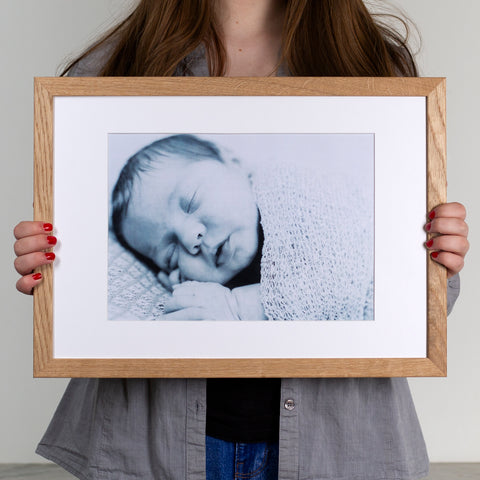
Oak wood is a popular choice due to its durability, versatility, and beauty. It is strong and sturdy and is resistant to warping and rotting, making it an ideal material for preserving and displaying cherished photos and artwork. The strong grain and texture of the timber also adds a timeless and elegant touch to any photo frame. Its neutral colour and smooth finish make it a versatile option that can complement a wide range of interior décor and picture styles.
Solid Oak frames are also relatively easy to maintain, requiring only occasional dusting or polishing to keep them looking their best. With proper care these photo frames can last for generations, making them a valuable investment for preserving and displaying meaningful memories.
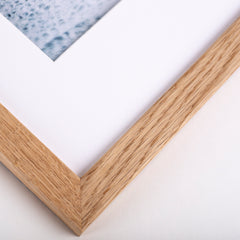
Oak photo frames can be transformed by being finished with different finishes. Unfinished Oak, like the Lelloliving Solid Oak frames can be easily stained, painted for a shabby chic look, oiled, waxed in rustic brown or left unfinished and matte for the natural timber to shine. If vanished or lacquered the material takes on a more honeyed look with a satin or gloss sheen.
Whether you are looking for a classic, rustic, or modern look, oak photo picture frames are a timeless and customisable option for showcasing your favourite pictures.
Walnut

Walnut is a popular choice for furniture and hanging frame moulding due to its varying colour, dense strength, and unique grain patterns. The colour of walnut can range from a pale brown to a dark chocolate brown, making it a versatile option for a variety of design schemes.
The grain patterns of walnut can vary from straight to wavy, adding visual interest to any piece. In addition to solid pieces, walnut veneer is also commonly used, allowing for a more affordable option without sacrificing the beauty of the timber. Our magnetic poster hangers are available in solid Walnut which is oiled to showcase the beauty of the grain, and are a simple way to display pictures.
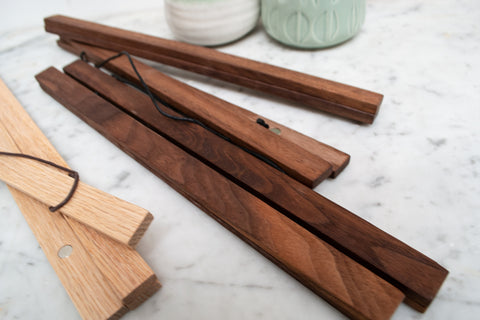
Mahogany
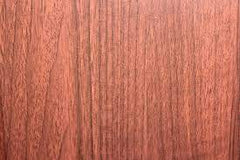
Mahogany is a beautiful and highly sought-after hardwood renowned for its deep red tint, straight grain, durability, and chatoyancy (sheen). It finishes well and is strong and durable, making it a popular choice for furniture and framed pictures.
Its distinctive rich red colour and unique glossy sheen when polished make it a favourite among craftsmen and artists. Mahogany's chatoyancy, or the shimmering effect caused by light reflecting off its grain, adds to its allure and appeal in both interior and exterior uses.
Teak
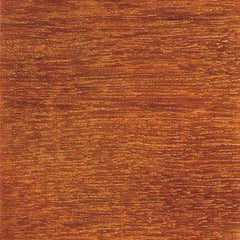
Teak is a highly sought after known for its durability, water resistance, and suitability for a wide range of applications, including furniture and picture framing.
Its natural oils make it resistant to moisture, rot, and insects, making it an excellent choice for outdoor applications. Teak's resistance to rot and decay makes it low maintenance and long-lasting, reducing the need for frequent refinishing or replacement, as it can withstand the wear and tear of everyday use without losing its lustre.
Its beautiful grain patterns and warm golden or dark brownish colour make it a favoured choice for both traditional and contemporary designs. Its workability also makes it a popular choice for intricate carving and detailing, adding a touch of elegance to pictures.
Birch
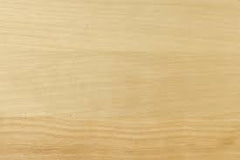
Birch is known for its light colour and fine grain. Its appearance is often described as pale with a smooth and even texture, making it an attractive option for a variety of applications. Compared to other popular timbers like Walnut, Mahogany, and Pine, Birch is lighter in colour and has a more subtle grain pattern.
Its light and delicate appearance make it a popular choice for picture framing, as it complements the artwork or photo without overpowering it.
Obeche

Obeche, also known as African Whitewood, is a popular choice due to its unique characteristics and versatile nature. It is widely imported and commonly used in frame mouldings, thanks to its soft hardness and relatively inexpensive cost.
Obeche has a slightly yellow colour and interlocking, medium-coarse grain. This makes it easy to carve and stain, allowing for a wide range of finishing options.
Lelloliving's black picture frames, white picture frames and grey picture frames are all made from painted Obeche, which makes them lightweight yet durable. Below is one of our stained Obeche Oak effect frames.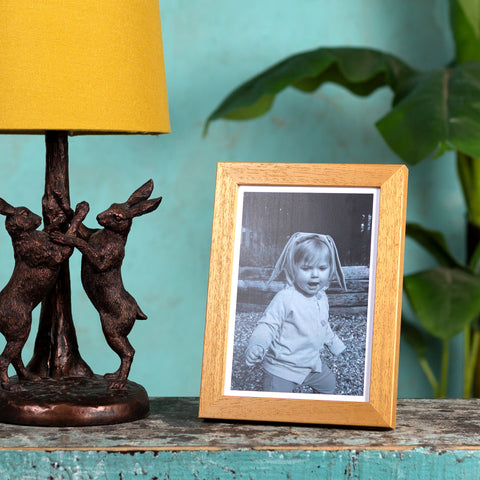
Softwoods
Softwoods, also known as coniferous woods come from evergreen trees such as pine, spruce, and cedar, and their light colour, great workability and distinctive grain patterns make them a versatile option.

Pine and Poplar
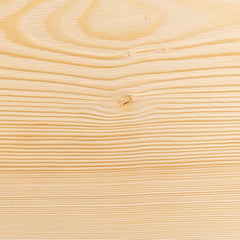
Pine and poplar are both commonly used for picture frames, each with its own unique characteristics and uses. Pine is a softwood with a lighter colour and a straight grain, making it a popular choice for rustic or neutral-looking wooden wall frames. It is relatively easy to work with and takes stain well, allowing for a variety of finishes. Its softer nature makes it more prone to dents and scratches, but it is still a durable option for picture framing.
Poplar (below, right), on the other hand has a subtle grain and a light cream to yellowish colour. It is slightly harder than pine, making it less susceptible to dents and scratches. Poplar is often used for a more modern or sleek look, as its smooth texture and fine grain lend themselves well to a more polished finish.
Finger Jointed Poplar
Finger-jointed poplar is a unique construction method where shorter pieces of poplar are joined together using interlocking fingers, resulting in a more stable and durable whole.
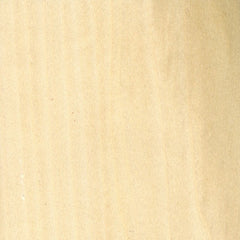
This type of construction reduces waste and increases its structural integrity, making it particularly well-suited for picture frames. It's also less prone to warping and twisting, ensuring that the frame remains in top condition over time. Its stability and strength make it an ideal choice for larger or heavier frames, as it can withstand the weight and pressure without compromising its structure.
Using pine or poplar for framing offers several advantages, including their sustainability and versatility. Both are readily available and are often sourced from sustainably managed forests, making them environmentally friendly options.
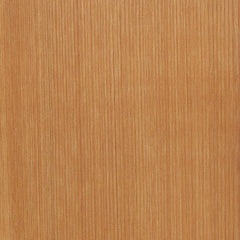
Cedar
Cedar is a popular choice due to its natural moth repellent properties. This makes it an ideal choice for preserving and protecting art prints from potential damage. The aromatic scent of cedar acts as a natural deterrent for moths, keeping them away from the artwork within.
Its durability and resistance to rot and decay make it a long-lasting choice for displaying and protecting cherished photos.
Other Types of Wood Picture Frame
MDF
MDF is popular for those looking for an affordable yet durable option for prints frames. Made from medium-density fibreboard, MDF frames are known for their uniformity and smooth finish.
The affordability of MDF makes it a great option for those on a budget, while providing a uniform and professional look. They can however, look cheap, or the surface can peel easily over time or if knocked.
With a variety of colours and finishes available, MDF offers options to suit any personal style or décor. Additionally, MDF come in different thicknesses, allowing for a more substantial options for larger pictures.
While MDF photo frames are affordable, they are also heavier compared to other frame materials, which can make them harder to hang in larger sizes. They often give rise to the mistaken idea that higher weight = greater quality.
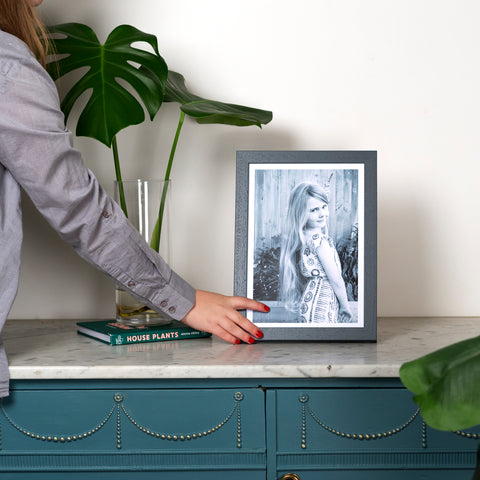
Lelloliving Wall Wooden Frames
Lelloliving offers high-quality solid wooden wall hanging or standing frames in a variety of sizes. They are made from eco-friendly and sustainable materials, ensuring both durability and a minimal environmental footprint. They come with a clear acrylic glass, as well as a sturdy easel back for vertical or horizontal picture display.
Available options
Available finishes: Oak wood picture frame, black picture frame, white picture frame, Grey painted and Oak effect finish.
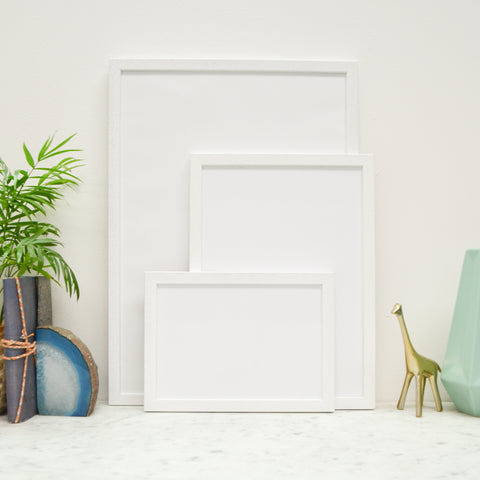
Available sizes
Available in sizes A5, A4, A3, and A2 please see here for a picture framing size guide
Poster Hangers
Additionally poster hangers are also available as wall hanger frames; Oak magnetic hanger, Walnut poster hanger, rustic shabby chic magnetic hanger, white print hanger and black hangers
